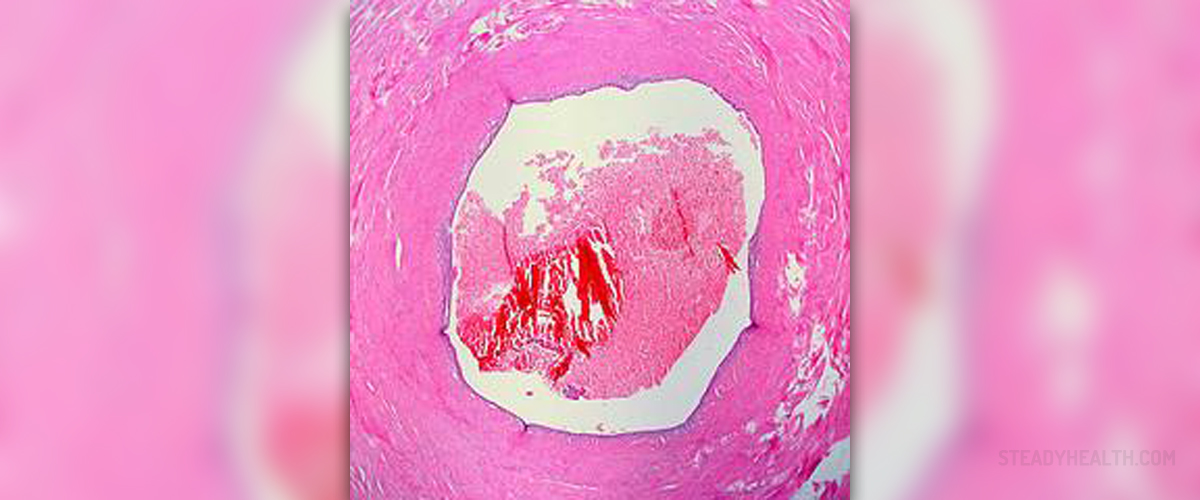
Endometrial tissue normally grows on the inside of the uterus. The situation is different in people suffering from endometriosis, because here endometrial cells can spread to other parts of the body, such as ovaries, fallopian tubes or even some other areas of the abdomen. Women suffering from endometriosis may not have any symptoms or they experience abdominal discomfort and pain, especially before and during menstrual period as well as heavy bleeding during menstruation. This condition can also be responsible for painful sexual intercourse, nausea, bloating, fatigue or diarrhea or constipation.
Probably the most worrisome problem associated with endometriosis is infertility. Endometriosis is diagnosed in some 5 to 10% of all women and they do not have to have fertility issues. However, in about 30 to 40% of all infertile women, doctors eventually diagnose endometriosis.
How to Diagnose Endometriosis?
Laparoscopic surgery is the only way to properly diagnose endometriosis. Doctors commonly use a very narrow scope to look into a woman’s abdomen and only after that they are able to say whether the patient has or does not have this problem. In women who experience extremely painful menstruation and pain during and after sex most doctors will suspect endometriosis.
Some patients, especially women with mild or moderate endometriosis, might not have any symptoms due to this condition, but they could experience serious pelvic and lower abdominal pains as well. Mild endometriosis also does not have to negatively affect the possibility to conceive. Severe endometriosis, however, is known to cause scarring and pelvis distortion, ovarian cysts, adhesions and blockage or damage of the fallopian tubes. Any of these problems may, therefore, be responsible for infertility.
Some women may experience damage to the eggs in ovaries, resulting in decreased egg reserve and decreased quality and quantity of eggs available for conception.
Fertility Treatments for Endometriosis Patients
Treatment for endometriosis patients is highly individual and depends on the severity of the symptoms, location of endometrial tissue, length of infertility and woman’s age.
Pain caused by mild endometriosis can be treated with some drugs or surgical treatment, but these procedures will not increase the rate of pregnancy in these patients. Controlled ovarian hyperstimulation combined with intrauterine insemination may positively affect fertility if there are no other factors contributing to infertility. This procedure can be repeated maximally for 6 cycles and after that the woman should consider in vitro fertilization.
Chances for pregnancy may be improved by surgical treatment in at least some patients suffering from severe endometriosis, but the success rates are still 1.5 to 2%. Some doctors advise treatments with GnRH agonists like Zoladex, SYnarel or Lupron, but these may last for several months and have little or no improvement of pregnancy rates. In vitro fertilization is often found to be the only effective way for these women to conceive, because no other treatments work.


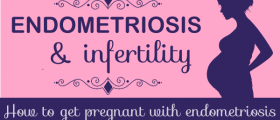


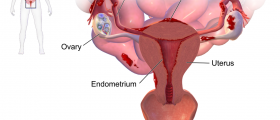


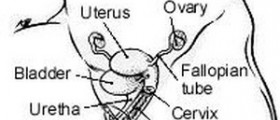





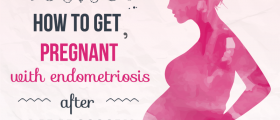


Your thoughts on this
Loading...